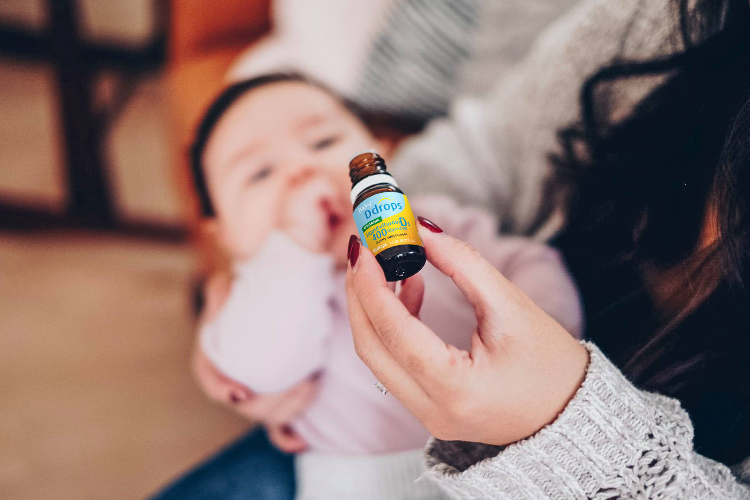May 28, 2020
Teenagers’ bodies undergo tremendous changes. Growth spurts are especially noticeable as they reach puberty. For boys, their adolescent growth spurt can occur between the ages of 12 and 15 years of age, whereas girls usually go through their growth spurt a big younger between the ages of 10 and 13. [1] Puberty can last from two to five years, so this is an intense growth period for teenagers, which means their bones are in high demand for bone minerals.
Vitamin D and teenagers’ growing bones
Vitamin D is an essential nutrient that helps maintain bone health as well as bone calcium absorption. It is primarily synthesized in the skin upon exposure to sunlight.
Doctors recommend vitamin D for children and teenagers for many reasons; to prevent rickets, to supplement the lack of vitamin D found in foods, and to help the development and maintenance of strong bones and teeth. These days, healthcare professionals also recommend vitamin D to children and teenagers because they don’t get out in the sun as much as they should in order to synthesize the amount of vitamin D that their bodies require.
Teenagers spend more time indoors
Canadian youth have largely traded in their outdoor activities for screen-time. A recent statistical analysis showed that only 26% of Canadian teenagers between the ages of 12 and 17 years of age spent 2 hours or less playing on electronic devices. Although this study showed that screen-time is a concern for both boys and girls, it also showed that boys consistently spent more time in front of screens than girls.[2]
In the United Kingdom, A study by the National Trust showed that children are playing outside for an average of just over four hours a week. [3] This is less than half the time their parents used to spend outside at their age.
An American study discovered that youth from the age of 10 to 16 spent only an average of 12.6 minutes a day on outdoor activity whereas they spent 10.5 of their waking hours in a sedentary state. The study also demonstrated that physical activity decreases substantially per year after the age of 9 years. By the age of 15 years, only 31% of met the recommended moderate-vigorous physical activity guidelines on weekdays and 17% of weekends. [4]
Since most of our vitamin D is produced in the skin when exposed to the sun, this tendency to remain indoors is having a negative impact on the vitamin D naturally produced by the teenager’s own bodies.
It’s not just adolescents who live in areas with limited sun. Teenagers from sunny tropical areas are also at risk of low levels of vitamin D due to their food choices and indoor lifestyle. [5]
Vitamin D supplements and teenagers
The daily vitamin D dosing recommendations for teenagers in the United States and in Canada is 600 IU as per the National Academy of Medicine, the American Academy of Pediatrics, and Health Canada.
Ddrops® vitamin D for teenagers
Ddrops® Booster 600 IU provides the exact amount of vitamin D that is recommended for teenagers in the United States and in Canada. As teenagers are independent, you can rest assured that they will get their full dose with just 1 drop. It is easy and stress-free for the teen because they don’t need to worry about swallowing a pill or a capsule. And as a parent, you will be at ease because there are no preservatives or additives in any of the Ddrops® vitamin D products.







Để lại một bình luận
Trang web này được bảo vệ bằng hCaptcha. Ngoài ra, cũng áp dụng Chính sách quyền riêng tư và Điều khoản dịch vụ của hCaptcha.